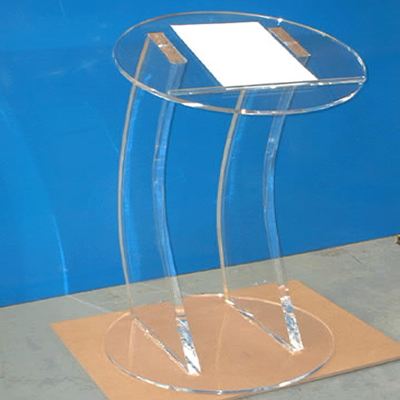So why even choose to fabricate plastic products? Firstly, plastic fabrication typically has the benefit of having fairly fast completion times, and in contrast to most materials there is also the choice of colouring plastic before production, as opposed to after. It’s significant malleability means that it has a reasonably low melting temperature, and it is far more light and portable compared to a number of other materials – both these factors simplify the development operation. Moreover, plastic materials are fairly inert and therefore possess high chemical resistance. Irrespective of all of these benefits, plastic material is however unsuitable for uses that require a very high structural integrity, and it is really prone to depreciation in the long-term.
Summary Of CNC Machining
CNC machining is a computer governed subtractive process, that removes material from plastic as a way to build the desirable form. The computer is high-tech, with the ability to convert a design into figures using a computer aided design software system. The numbers are competent to operate the machine to cut the required shape. To setup, the pieces of equipment need an intermediate stage in the development and validation of tool paths. As soon as the machine is provided with the tool paths, the subtractive process is initiated. Once the construction is finished, the component part is cleansed, smoothed, and cut.
There are numerous prototyping with plastic internet websites inside the Uk, if you’re looking for more information or maybe costs this excellent website is a great starting point www.displaydevelopments.co.uk/bespoke-manufacturing
For lower quantity plastic component applications that demand tight tolerances and forms that are tough to mould, machining meets your needs. CNC machining also offers low to moderate initial costs, and can create premium quality plastic parts with limited completion times. Even so, with increased product sophistication, the cost per element climbs up. Moreover, the procedure demands tool access considerations, and specific shapes, including those with spherical inner channels, are near-impossible to make with CNC manufacturing.
Vacuum Formation
Vacuum formation is a method in which plastic is heated up and moulded, generally using a mould. The size and intricacy of vacuum-forming machines range from low priced desktop equipment to advanced production machinery.
 It is usually suitable for any project, ranging from custom-made designs to large-scale fabrication, taking into consideration the large choice of equipment offered and that also automatization is an option when necessary. However, there’s little versatility in the types of design it can develop, and is also unfortunately exclusively competent to build pieces with basic geometries. In comparison with various other methods, tooling prices are minimal, since vacuum formation merely requires low forces and pressures. Commonly, for smaller production sizes the moulds are constructed of Three-dimensional printed resin, or even plaster, and for larger manufacturing sizes stronger equipment made of metal is commonly used.
It is usually suitable for any project, ranging from custom-made designs to large-scale fabrication, taking into consideration the large choice of equipment offered and that also automatization is an option when necessary. However, there’s little versatility in the types of design it can develop, and is also unfortunately exclusively competent to build pieces with basic geometries. In comparison with various other methods, tooling prices are minimal, since vacuum formation merely requires low forces and pressures. Commonly, for smaller production sizes the moulds are constructed of Three-dimensional printed resin, or even plaster, and for larger manufacturing sizes stronger equipment made of metal is commonly used.
The production method starts off with a sheet of plastic being clamped and warmed up until the plastic becomes mouldable. The plastic is then placed into the mould and cooled, and often fans and other chilling strategies are used in an effort to accelerate the cooling process. The final stage involves any surplus plastic being removed.

